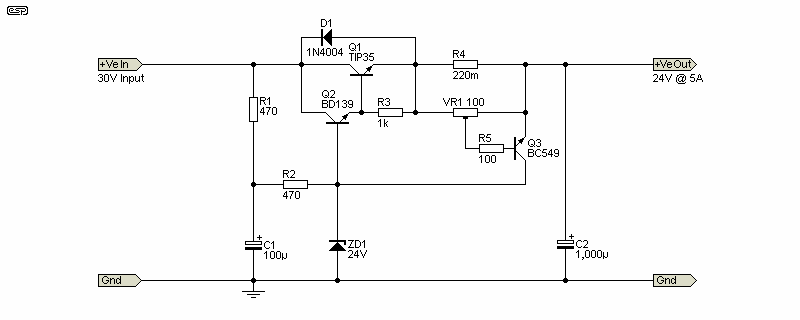SMPS Voltage Regulation Precision – DIY Design Tips

⚠️ The Problem :
Switch Mode Power Supplies (SMPS) are efficient, but poor voltage regulation can be a serious issue—especially in projects involving microcontrollers, sensors, or other sensitive electronics. A slightly high or low output voltage can cause erratic performance or even damage components in precision circuits.
✅ The Solution :
To ensure precise voltage regulation, use a well-designed feedback loop. Most adjustable SMPS circuits use a voltage divider to set the output voltage. Use 1% tolerance resistors and low ESR capacitors for stable feedback and reduced ripple. Also, placing the feedback sensing point close to the load helps in real-world accuracy.
🧰 Practical Example :
Imagine you’re powering a 5V IoT module with an SMPS. If your SMPS is putting out 5.3V, the module may overheat or behave unpredictably. Replacing the feedback resistors with precise 1% tolerance values and a better capacitor solves the issue and keeps your module running smoothly.
🧮 Sample Calculation :
Let’s say you’re using an LM2596 adjustable SMPS:
Vout = 1.25 × (1 + R1/R2)
To achieve exactly 5V, you might use R1 = 10kΩ and R2 = 3.125kΩ.
So, 1.25 × (1 + 10/3.125) = 5V
🛒 Product Suggestions :
Upgrade your design with Made in India parts:
👉 Shop now at SmartXProKits.in
🇮🇳 Support our work and India’s innovation—buy from our Make in India site!




















